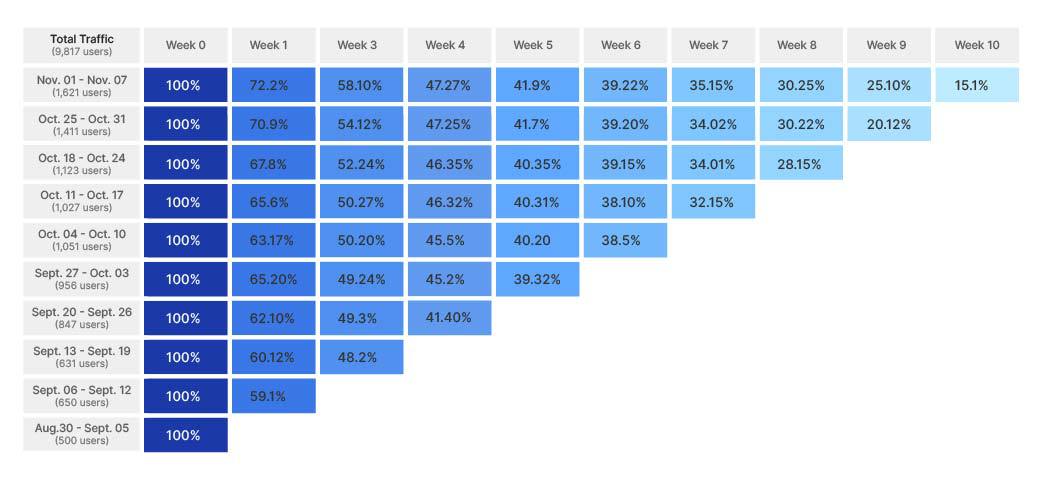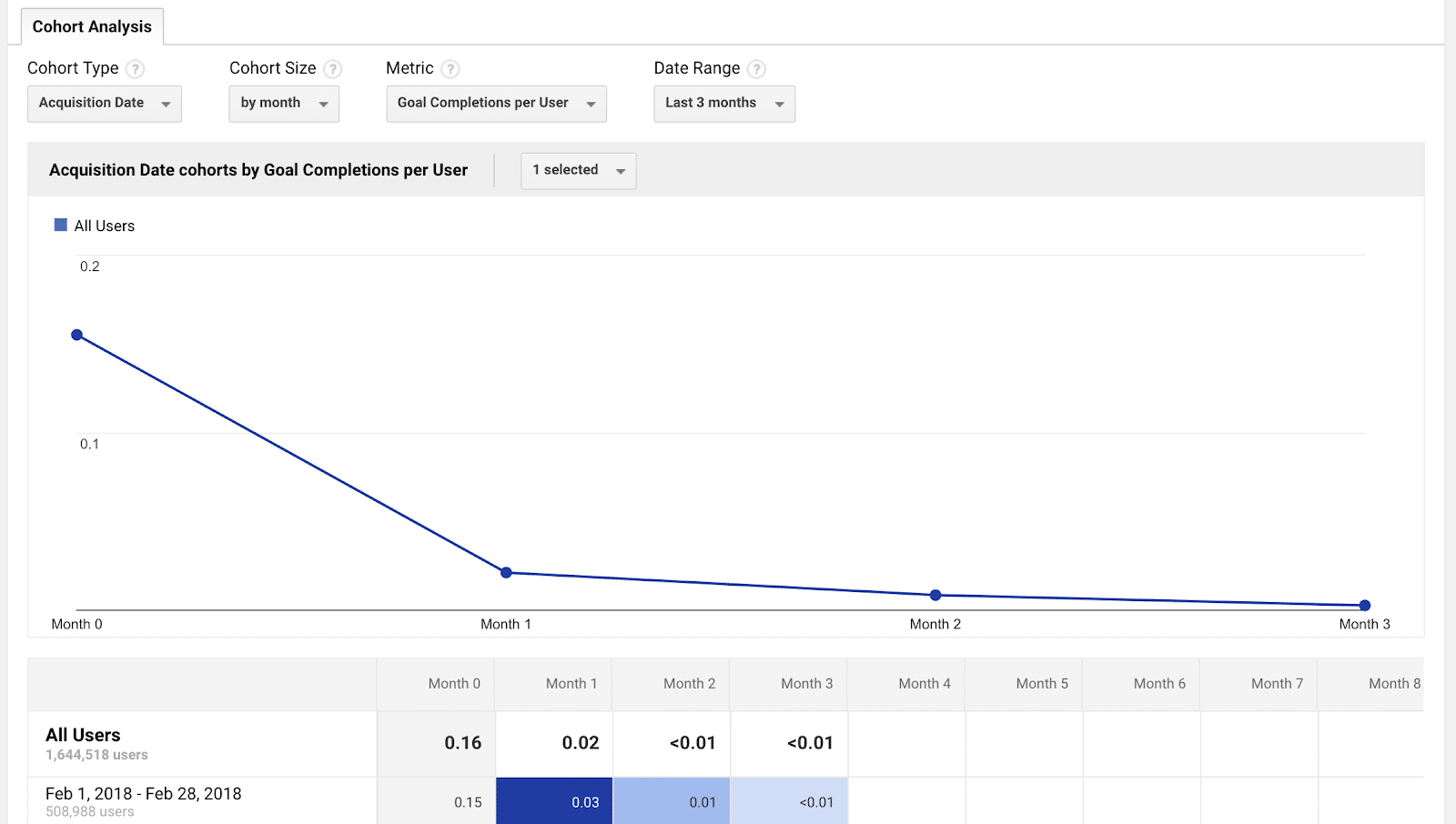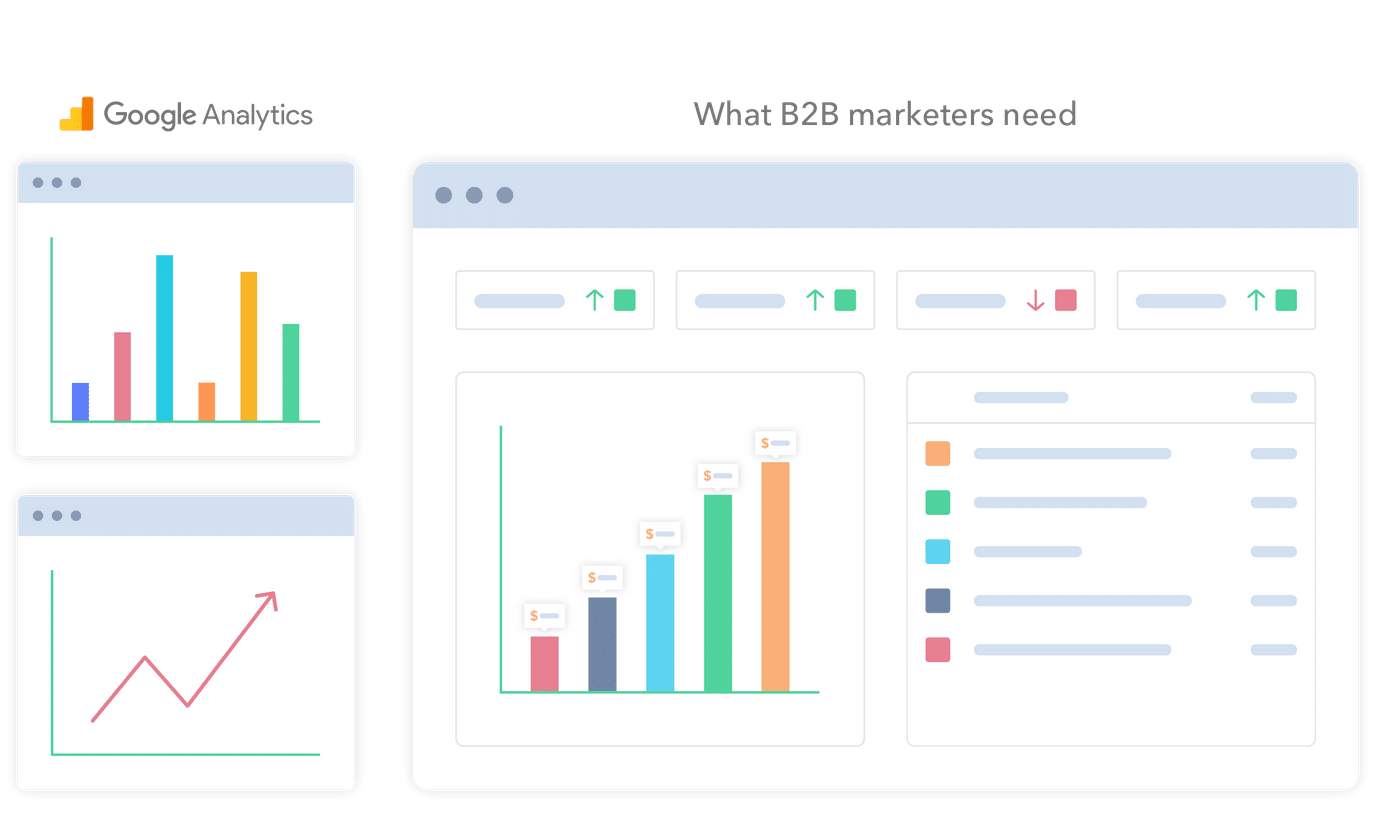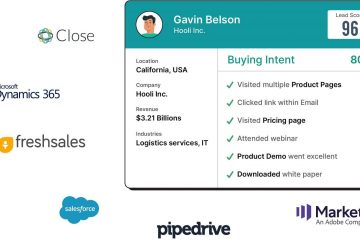Why Should B2B Businesses Utilize Cohort Analysis?
Marketing is less of a science and more of an art form. Though statistics and data hold an important place in marketing decisions, how that information is interpreted and acted upon is what decides the final outcome of the marketing effort.
The big picture in the marketing world is just too big for several marketers to comprehend and interpret thoroughly. It is very likely that some crucial pieces of information will be missed by them, which can later turn out to be problematic.
The best way to deal with this issue is to break down the overwhelming data into small parts that are easy to process and understand. Ultimately it is the ease of understanding that affects the overall effectiveness of a marketing function.
There are two mainstream approaches when it comes to breaking down big sections of data for better interpretation: Segments and Cohorts. Though these processes, in essence, perform the same function, their approach varies drastically.
This varied approach makes these two processes suitable for different functions. Segmentation is the simpler one of the two, but Cohort Analysis, though relatively harder to perform, provides in-depth insight into business activities. While Segmentation aids in executing better marketing functions, Cohort Analysis helps understand the outcomes and effectiveness of every marketing activity.
What is a Cohort?
A Cohort is a group of individuals, grouped on the basis of them exhibiting common characteristics over a specific period of time. Them exhibiting a characteristic over a certain period of time is what differentiates a cohort from a segment, where that common characteristic isn’t time-bound.
For example, a group of students that graduated in the year 2010 is a Cohort with them being part of the Class of 2010 is the common characteristic that they exhibit.

Image Courtesy – Stitchdata
What is Cohort Analysis?
Cohort Analysis is a subset of Behavioral Analytics that studies the changes in the behaviors of different cohorts in accordance with time and the different changes they are subjected to.
This is done by first grouping the users/data into specific cohorts and then observing how their behavior changes over a certain time period and how they react to the changes taking place within this time period.
This approach of analyzing data provides important insights into business processes and their effects on the customers/user base. Cohort Analysis makes up for all the shortfalls of Vanity Metrics and enables better decision making.
Examples of Cohorts:
- The number of returning users to a mobile game two weeks after a major update.
- Average Credit Card expenditure of Class of 2010 over the past five years.
- Number of Customers retained after the launch of a new, upgraded product.
The main function of Cohort Analysis is to measure user engagement over a period of time. It is quite common for growth numbers to mask the user engagement stats as vanity metrics fail to account for actual changes in user engagement.

Cohort analysis enables a business to separate growth metrics from engagement metrics so that if any issue might be causing a decline in user engagement, it can be addressed to prevent users from leaving the app, service, or brand.
How Does Cohort Analysis Help Marketers?
It is not always possible to measure the behavior of a single user but when users are grouped in cohorts, their behavior as a group can be quantified using their engagement data. This eliminates the guessing work from the business decision equation and allows a business and its marketers to understand what works and what doesn’t in terms of their marketing strategy, activities, and changes in products and services offered.
In Marketing
As these changes in cohort behavior can be seen relatively quickly, compared to using other metrics, a marketer does not have to wait until the end of a marketing campaign to assess whether it did well or not.
If a problem area is identified during the initial stages in the run of a marketing campaign, changes can be made to it to ensure it doesn’t end up causing damage to the brand’s business.
Moreover, if a certain element in the marketing campaign is generating more positive impressions than others, a marketer can leverage more on it and allocate more resources to it to generate the most benefits out of a single marketing campaign.
In Product and Service Offerings
Products and Services are updated to offer newer and improved features over time. While some of these features may end up a hit with the users, some features might irritate them and result in them leaving your brand for others.
Usually, it takes an entire product cycle to completely understand what went wrong or what went right. With Cohort Analysis, a brand doesn’t have to wait this long to identify if a feature is causing trouble to its users.

Image Courtesy – Clevertap
Once identified, changes can be made to the products and services by either removing the problem feature entirely or tweaking it to ensure it doesn’t irritate the users. This not only helps in customer retention but also shows the users that the brand cares about their experience and feedback.
Cohort Analysis for B2B
B2C Cohort analysis is quite straightforward, and cohorts are easy to form and track. This is because B2C products usually tend to receive a large and steady flow of users with regular engagement.
B2B customers differ from that of B2C in the following ways –
- They have a longer sales cycle, and it usually takes weeks for sales to fall through.
- The flow of users is not regular. B2B clients have a “roll-out date” to go online with your product or service.
- Being a business-centric product, you won’t see regular engagement like in the B2C space. However, this depends on the type of product you are selling. If you are selling web-hosted SaaS apps, you will see frequent engagement on your website.
An irregular flow of users causes a lot of problems if you’re opting for a time-based cohort. Each cohort becomes less reliable as an irregular flow of users results in cohorts of highly variable sizes.
Each B2B client acquisition results in the addition of a different number of customers. This results in the previously mentioned highly size variable cohorts. If the same system is used for analysis, it will result in results that will be highly biased towards a certain subset of users.
So time-based cohorts alone are not enough for deriving a proper analysis of data for the B2B businesses. It is important for B2B businesses to also analyze each cohort based on its composition along with time.
The following two Cohorts need to be used in conjunction with each other for a thorough and accurate analysis:
Acquisition Time Cohorts
This cohort is in theory similar to a time cohort, but instead of using specific time intervals to create different cohorts, Acquisition Time is used to create cohorts, and they are tracked accordingly in accordance with set periodic intervals.
This minimizes the high variations in the size of cohorts formed using the normal time intervals and allows a B2B business to be better able to use the data to get accurate analysis and use it for better decision making.
Using this approach, it becomes easier to map user engagement properly. Be it for B2B products or SaaS products, identifying key drop-off points becomes easy. Once identified, issues causing friction and drop-off can be dealt with to maximize retention.
Behavioral Cohorts
To use this approach, you will have to segment users into cohorts based on how they’re using your products and services instead of when they made a purchase. This approach enables a business to quantify qualitative aspects like the behavior of users.
Which product line or service they use, what tier of subscription they’ve purchased, and what feature they make the most use of are the parameters based on which you as a business can segment your users into.
Using just one approach won’t suffice if there exist more than two issues that may be causing users to drop off. When both these approaches are used in conjunction with each other, they ensure all aspects are analyzed, and no issues are missed out.
Here are two tools that can help you run Cohort Analysis properly:
Google Analytics is not a new player in the field of Web-based analytics. There are distinct advantages of using Google Analytics, the most important one being that the service is provided by Google, which means you have access to all of Google’s data.
Not only is Google the most dominant search engine that drives a big chunk of internet traffic, but they are experts when it comes to churning numbers and statistics. This prowess of theirs is easily seen in Google Analytics.

Image Courtesy – Google Analytics
Any and every type of information a marketer might need is available in Google Analytics. Cohort Analysis is offered as a feature under the Reporting functionality of Google Analytics.
Access to accurate data sourced right from Google and their cutting edge data processing enables a marketer to run Cohort Analysis seamlessly in Google Analytics.
Salespanel Reports
Among the various solutions that Salespanel provides its business customers with is the feature of reporting. Users have the freedom to create marketing reports that lean B2B. Unlike Google Analytics and other universal tools, Salespanel is being built with B2B in mind and provides attribution solutions accordingly. You can unlock high-performing customer journeys by just providing your desired conversion target. You can identify which landing pages cohorts are more important than others, for example. What are the common attributes of the most qualified cohort for your desired conversion? This goes one step further from just letting you analyze cohorts. It guides you on cohorts that you should be paying attention to.
As a business, you can track your marketing functions from a single dashboard and connect marketing channels and functions on your website directly to sales and revenue.
Considering Salespanel services integrate well with other SaaS products that you might use (a CRM, for example), easily it can bring reporting in your existing ecosystem. You would have better insights into everything and with cohort analysis, you will be able to make accurate business decisions that will ensure growth for your business.
Conclusion
Cohort analysis is an important tool that every marketer must make use of. It deals with all the shortcomings of regular Vanity Metrics and provides an accurate insight into the performance of your products and services.
There are tools like Google Analytics and Salespanel Reports that enable you to automate and integrate Cohort Analysis into your marketing function. This ensures everything works in tandem with each other.
Cohort Analysis makes sure you do not miss any important information that may affect your decision-making. It ensures your business decisions have accounted for everything and result in the best outcomes.
Sell more, understand your customers’ journey for free!
Sales and Marketing teams spend millions of dollars to bring visitors to your website. But do you track your customer’s journey? Do you know who buys and why?
Around 8% of your website traffic will sign up on your lead forms. What happens to the other 92% of your traffic? Can you identify your visiting accounts? Can you engage and retarget your qualified visitors even if they are not identified?




